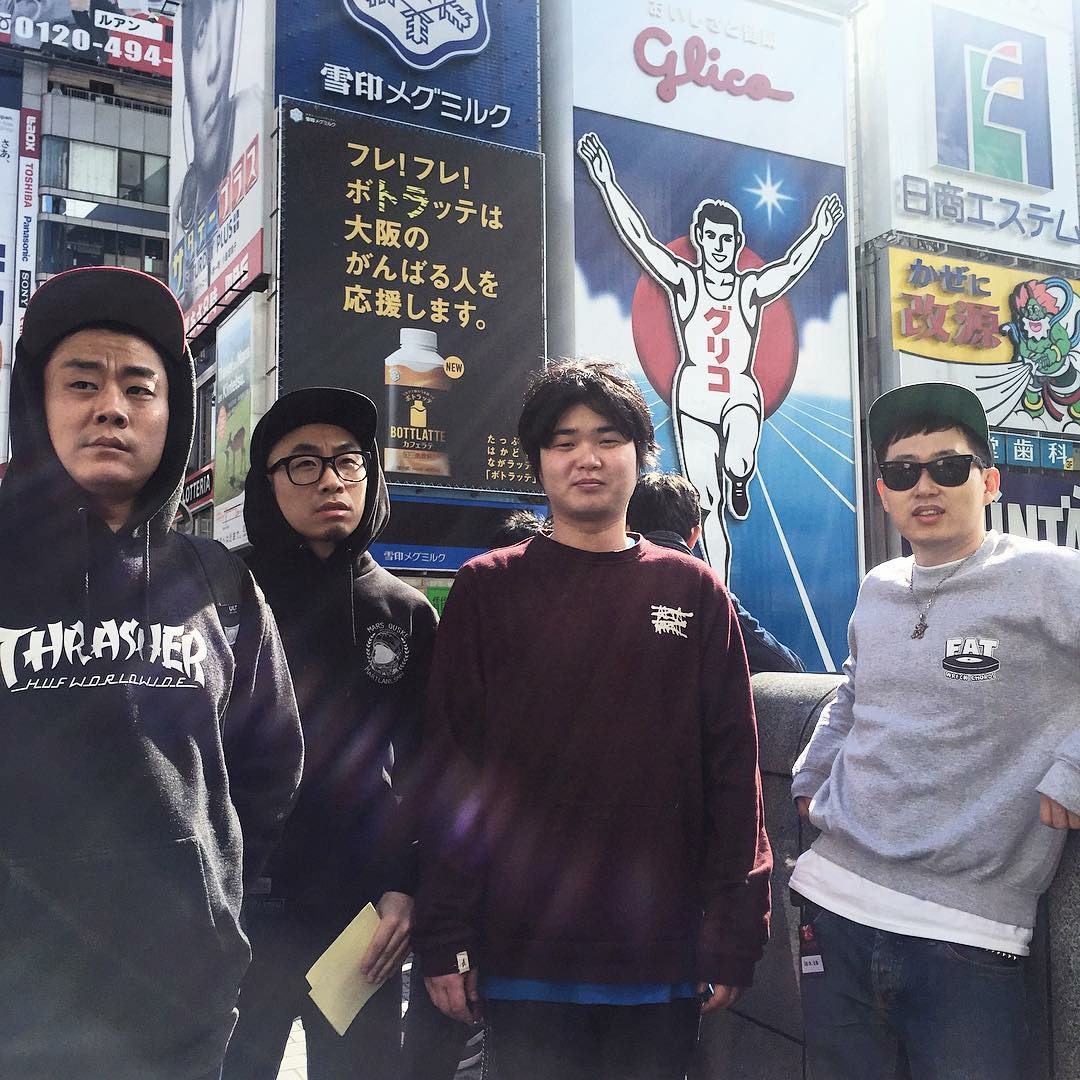Korea: In the World – Uzbekistan
“At the beginning of September, all of a sudden from the NKVD came these two very tall, middle-aged men,” Dekabrina Kim remembers in the documentary Koryo Saram: The Unreliable People. “They said, ‘In two days, get ready to move. Take all of your important belongings.’”
The year was 1937. The officers from the NKVD, the USSR’s still-new law enforcement agency, were carrying out Resolution No. 1428-326CC, an order from the Soviet government to “deport all Korean population[s] from the border regions of the Far East.” At the time, the order applied to approximately 170,000 “Kariesky” in more than 100 villages.

Soviet dictator Joseph Stalin had decided the Korean citizens of his country should be classified an “unreliable people” because Korea was then an (unwilling) part of the Empire of Japan. Among other reasons, he is said to have been worried that ethnically Korean spies of Japan might sneak across the Korea-Russia border and hide in nearby Korean communities. Like so many of his orders, his solution was a crime against humanity: the forced transfer of an entire ethnic population in East Russia (171,781 people out of more than 172,000) to the Kazahk and Uzbek Soviet Socialist Republics of Central Asia.
Trucks arrived on the third day to bring the “special settlers” to waiting railway trains that had been built for cattle. The trip took 40 days and carried the Koreans roughly 4,000 miles. The taxing journey explains why Koreans born in the former Soviet Union in 1937 or 1938 are difficult to find, according to Kim Ho-jun, author of“The 150-Year History of Koreans in Central Asia” (“유라시아 고려인 150년”). Kim writes, “It is estimated that the deportation cost the lives of about 16,500 Koreans, or [almost] 10 percent of the total Soviet Korean population.”
No better situation awaited the passengers at their destination. The government had not bothered to prepare food or housing for the fishermen and rice farmers now trying to survive on the arid steppes of modern-day Kazakhstan and Uzbekistan. That first winter, the new arrivals dug tunnels in which to live.
Survive they did, however – and thrived. Within three years, the 74,500 Koreans transferred to the Uzbek Soviet Socialist Republic (Uzbek SSR) reclaimed their old quality of life. On the collective farms called “kolkhoz” in Russian, they began growing rice again – an immensely successful effort that greatly impressed the Russians. And in 1953, luck finally found them: Stalin died. With him went the Soviet Union’s racist fear of its Korean citizens. Soviet Koreans could move into cities and take jobs; families separated by the deportation could reunite. The Kareisky returned the favor by becoming one of the USSR’s model minorities.
By 1989 (the date of Uzbekistan’s last census), the ethnically Korean population of the Uzbek SSR reached 183,000. Most Koreans lived in the cities and were well-integrated into the general population. In the process, most of them lost their language – only a few now speak “Koryo Mar,” a Russian dialect of Korean – but the community maintains its own unique traditions and foods.

The current generation faces its own challenges. The Soviet Union has fallen apart. The new nation of Uzbekistan that emerged from the old Uzbek SSR has declared Uzbek to be its national language. Unfortunately, most Koreans in Uzbekistan only speak Russian.
But the new generation also has special advantages. To be polite, Uzbekistan is a dysfunctional environment for business. Coca-Cola famously lost its entire investment there when Gulnara Karimova, the daughter of the country’s dictator Islam Karimov, married and then divorced one of the company’s executives.
Many of the companies willing to take on the challenge of dealing with this sort of capriciousness are from South Korea. When the author of this article visited Tashkent, the streets were filled with Daewoo cars produced at a factory in the city of Asaka. The Uzbek ambassador to South Korea has reported in 2011 that all told, 84 South Korean companies are responsible for 360 Uzbek businesses, accounting for more than 5 billion dollars in the Uzbek economy. Ethnic Koreans are best-positioned to take advantage of this trade. Since learning Korean will help them do so, many are rediscovering their heritage in the bargain. More than 40 centers promoting Korean culture now exist in Uzbekistan.
Even so, Korean-Kazakh Professor German Kim, in his article “Confessions of A Koryo Saram,” does not feel many Koryo Saram would move to their historic motherland: “We would be aliens there, we do not know the language, we have different mentalities, habits, customs, ways of life. We cannot live in a mono-ethnic environment, and we would be incompetent there.”
That is why Koreans in Central Asia and modern Russia do not say they are Hanguk Saram (South Korean) or Choson Saram (the old name for Korea now used by North Korea). They are only Koryo Saram – Korean people.
Photos are part of the Archive of Korean Diaspora at the University of Michigan Center for Korean Studies and are copyright of “Koryo Saram: The Unreliable People”. You can learn about the Koryo Saram by visiting: koryosaram.info, or by watching “Koryo Saram: The Unreliable People” by Y. David Chung.





One thought on “Korea: In the World – Uzbekistan”